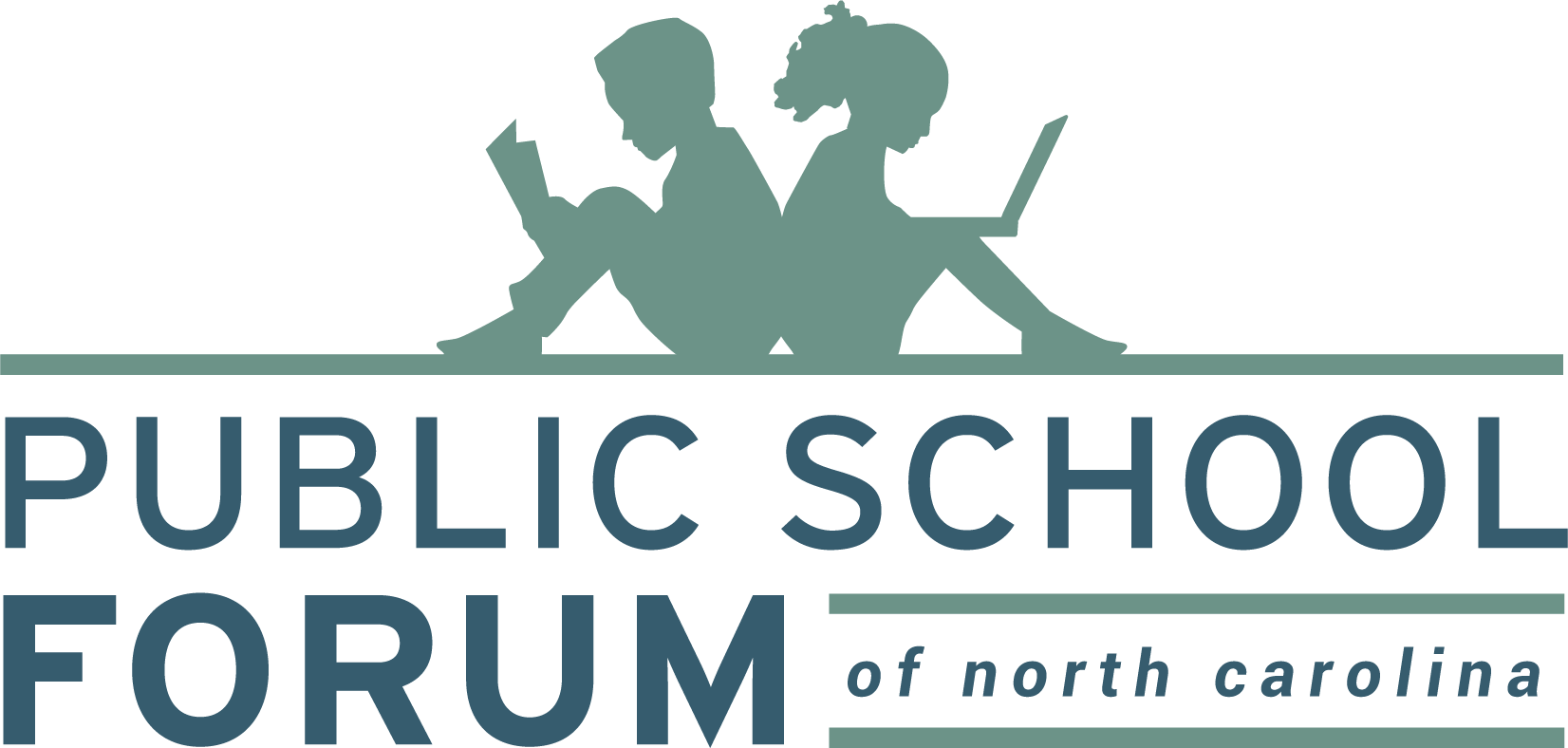GREENVILLE, NC (April 26, 2018) – A new report released today by the Public School Forum of North Carolina and its NC Center for Afterschool Programs (NC CAP) highlights large areas of North Carolina where young people are at risk of not succeeding. The report, Roadmap of Need 2018, was released today at the Center for Afterschool Programs 14th annual SYNERGY Conference in Greenville.
First published by the Public School Forum of North Carolina and NC CAP in 2010, the Roadmap of Need uses data on health, youth behavior and safety, education, and economic development to take a whole child needs assessment of what young people living in each of North Carolina’s 100 counties must have in order to thrive in school and in life.
According to the report, the five top counties where young people have the greatest likelihood for success are Orange, Union, Wake, Cabarrus and Dare. The bottom five counties where young people are most at risk are Anson, Warren, Halifax, Robeson, and Edgecombe. The makeup of the top five has Dare County in place of Watauga County, while Northampton moved out of the bottom five this year.
“Looking at the data illustrated by our latest Roadmap of Need, we see a troubling trend continuing—the fact that our state is now divided into ‘two North Carolinas,’” said Keith Poston, president and executive director of the Public School Forum of North Carolina. “Our state continues to be one where opportunities for young people vary dramatically different depending on where they grow up, and too many of our children only have access to struggling and underfunded schools, few high quality out-of-school programs and limited options for healthy activities.”
At first glance, the Roadmap points to counties in eastern North Carolina as those most at risk. However, the nature of county-wide indicators often masks the variation occurring within counties, particularly our most populous urban counties where neighborhoods that alone would be viewed as thriving on the Roadmap indicators exist in close proximity to neighborhoods with many young people in need.
Over the past several years, the Roadmap has been a key resource for afterschool providers and other education organizations when communicating with policymakers, funders, and citizens about the importance of their services, and to target areas for increased investment. School administrators, central office staff, nonprofits, community leaders, and parent advocates also use the Roadmap to demonstrate to others the needs faced by their communities. Public education advocates have brought Roadmap data to the attention of school board members, county commissioners, and members of the General Assembly in order to inform their efforts to create state and local policies that address significant community needs.

Leave a Reply